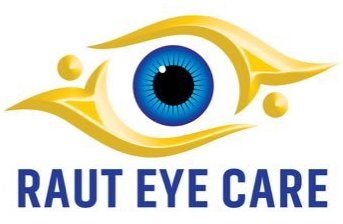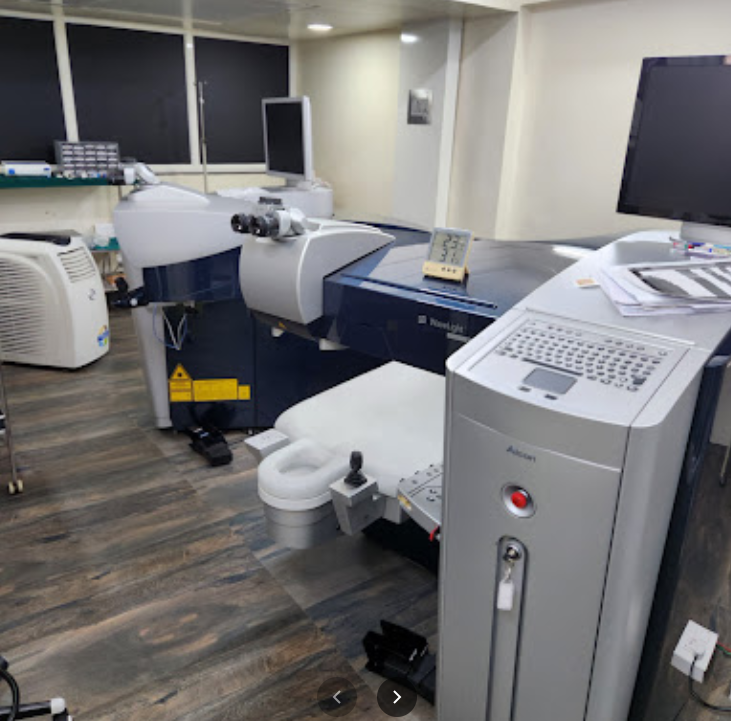Cataract surgery, one of the most common surgical procedures worldwide, has undergone a remarkable evolution over the decades. Among the recent advancements that have transformed this field is bladeless cataract surgery, a groundbreaking technique that utilizes advanced laser technology to enhance precision, safety, and patient outcomes. This article delves into the depths of bladeless cataract surgery, exploring its mechanics, advantages, and implications for the future of ophthalmology.
Understanding Cataracts and Traditional Surgery
Cataracts, a clouding of the eye's natural lens, commonly occur due to aging, genetics, or certain medical conditions. The condition can lead to blurred vision, decreased contrast sensitivity, and impaired night vision. Cataract surgery involves removing the clouded lens and replacing it with an artificial intraocular lens (IOL) to restore clear vision.
Traditional cataract surgery, also known as phacoemulsification, has been the gold standard for decades. In this procedure, a small incision is made in the cornea, and a handheld surgical instrument with a vibrating tip is inserted to break up and suction out the cataract. While this method has been highly successful, it has its limitations, including dependence on the surgeon's manual dexterity and the use of a blade to create the incision.
Enter Bladeless Cataract Surgery
Bladeless cataract surgery, also known as femtosecond laser-assisted cataract surgery, introduces an advanced femtosecond laser to the procedure. This laser creates precise incisions, softens the cataract, and fragments it into smaller pieces, which simplifies its removal and reduces the amount of ultrasonic energy needed. The entire process is computer-controlled, enabling unparalleled accuracy and reproducibility.
The procedure typically follows these steps:
Corneal Incision: The femtosecond laser creates a corneal incision, which is crucial for accessing the eye's interior. This step replaces the need for a manual blade, reducing the risk of complications.
Capsulotomy: The laser creates a circular opening in the front part of the lens capsule, which holds the natural lens in place. This step is pivotal in ensuring the precise positioning of the IOL.
Lens Fragmentation: The cataract is gently softened and broken into smaller fragments by the laser. This fragmentation eases the removal process, minimizing stress on the eye.
Astigmatism Correction: For patients with astigmatism, the laser can make additional incisions on the cornea to correct this condition during the same surgery.
IOL Placement: The artificial IOL, customized to the patient's specific needs, is implanted into the eye's lens capsule.
Closing Incision: The corneal incision self-seals without the need for sutures, reducing the risk of infection and promoting quicker healing.
Advantages of Bladeless Cataract Surgery
Precision: The computer-controlled laser ensures unparalleled accuracy in creating incisions and performing critical steps, resulting in better visual outcomes.
Predictability: Surgeons can precisely plan and execute each stage of the surgery, leading to more predictable results and reduced variability between surgeries.
Reduced Energy: The laser's ability to soften and fragment the cataract reduces the need for excessive ultrasonic energy, which can be beneficial for the delicate tissues of the eye.
Astigmatism Correction: Simultaneous astigmatism correction can be performed, eliminating or reducing the need for additional procedures.
Quicker Recovery: The self-sealing corneal incision reduces the need for stitches, allowing for faster healing and decreased risk of infection.
Less Dependence on Surgeon Skill: While surgeon skill remains vital, the laser technology reduces the impact of manual dexterity, potentially making the procedure more accessible to a wider range of surgeons.
Challenges and Future Directions
Despite its numerous advantages, bladeless cataract surgery is not without challenges. The cost of the laser technology can be a barrier to adoption, limiting its accessibility in certain settings. Additionally, the learning curve for surgeons transitioning to this technique can lead to a temporary increase in surgical times and potential complications.
Looking ahead, ongoing advancements in laser technology, improved surgeon training, and potential cost reductions could address these challenges. As more surgeons become proficient in the technique, its benefits could extend to a broader patient population, making bladeless cataract surgery the new standard of care.
Conclusion
Bladeless cataract surgery stands at the forefront of modern ophthalmology, representing a significant leap in precision, predictability, and patient outcomes. By replacing manual steps with computer-controlled laser technology, this procedure offers advantages such as enhanced accuracy, reduced dependence on surgeon skill, and quicker recovery times. As technology advances and surgical techniques mature, bladeless cataract surgery could become the norm, revolutionizing how cataracts are treated and restoring clear vision to countless individuals around the world.


